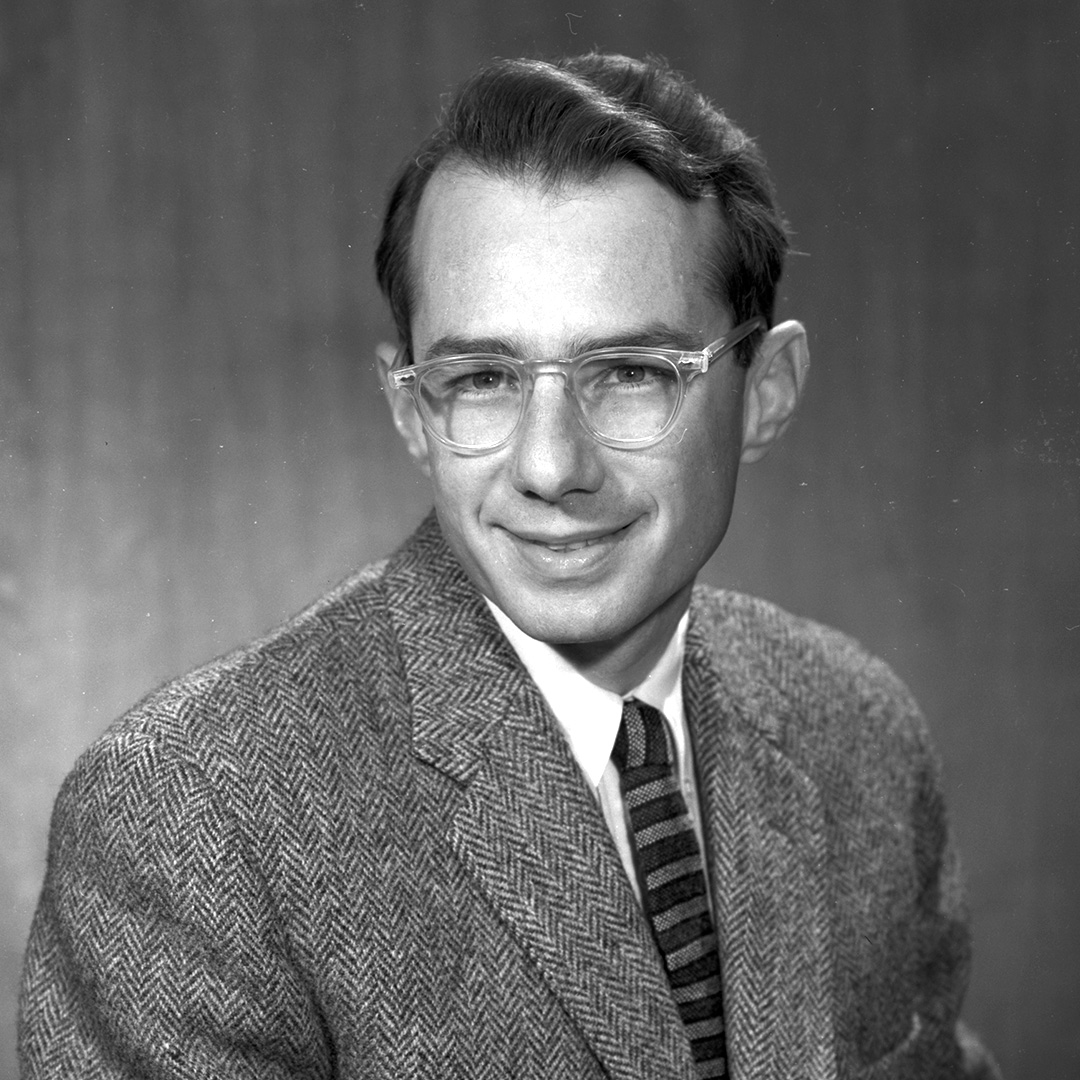
The OPEC oil embargo of 1973 spurred blockbuster lines at gas stations and exposed how dependent the United States had become on foreign energy. It also sparked the transition of Art Rosenfeld from particle physicist to the internationally acclaimed “godfather of energy efficiency,” credited with being personally responsible for billions of dollars in energy savings. “The energy question being asked at that time was: How can we supply enough energy to meet society’s goals?” he once said, in discussing his epiphany. “One Friday night I was in my office and realized all of the lights were on in the building. It took me half an hour to go around and turn them all off. This led me to reframe the energy question to: How can we accomplish society’s goals more efficiently and cheaply?” In changing the focus of energy research, Rosenfeld virtually created the field of energy efficiency. His public advocacy inspired an entire generation of energy researchers, and resulted in such game-changing technologies as compact fluorescent lamps; low-emissivity and spectrally-selective windows; low-energy refrigeration; and computer programs for energy analysis and design in buildings. As California’s Energy Commissioner (2000–2010), he helped enact residential and commercial energy savings that flattened California’s per-capita electricity use while the rest of the country experienced increases of nearly 50% — a phenomenon dubbed the “Rosenfeld Effect.” It’s been said no other person on the planet has saved more carbon dioxide than Art Rosenfeld, who once observed: “Energy efficiency is the low-hanging fruit in climate change, because the cheapest and least-polluting energy is what you don’t use.”
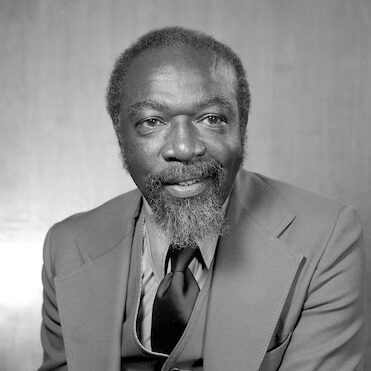
In 1960, when James Harris began working at Berkeley Lab (then known as the Rad Lab), he could not have known it was the start of a 28-year career that would be historic. After earning a degree in chemistry from Huston-Tillotson College, a historically Black college in Austin, Texas, and serving in the Army, Harris struggled to find work as a scientist due to racial discrimination. Harris often told the story of his first job interview. “They couldn’t believe a Black man was applying for a job as a chemist. They gave me a test simple enough for elementary school kids and I said I didn’t need a job that badly.” At Berkeley Lab, Harris would go on to become the first African American to play a critical role in the discovery of two chemical elements: rutherfordium and hahnium. These “heavy” elements are not found in nature but must be created by bombarding targets in a particle accelerator. Though short-lived, they provide valuable information about the nuclei of natural elements. Harris led the team that purified and prepared heavy element targets, and is credited with producing some of the finest targets ever made. Away from the Lab, Harris was devoted to recruiting and supporting young African American scientists and engineers, often visiting universities in other states. He also worked with children in underrepresented communities to encourage their interest in science. His efforts were recognized with numerous civic and professional awards, and induction into the Black College Hall of Fame. In refusing to allow prejudices to limit him, Harris was ever optimistic about the future. “The greatest people will be those who possess the best capacities, cultivated with the best habits,” he once said.
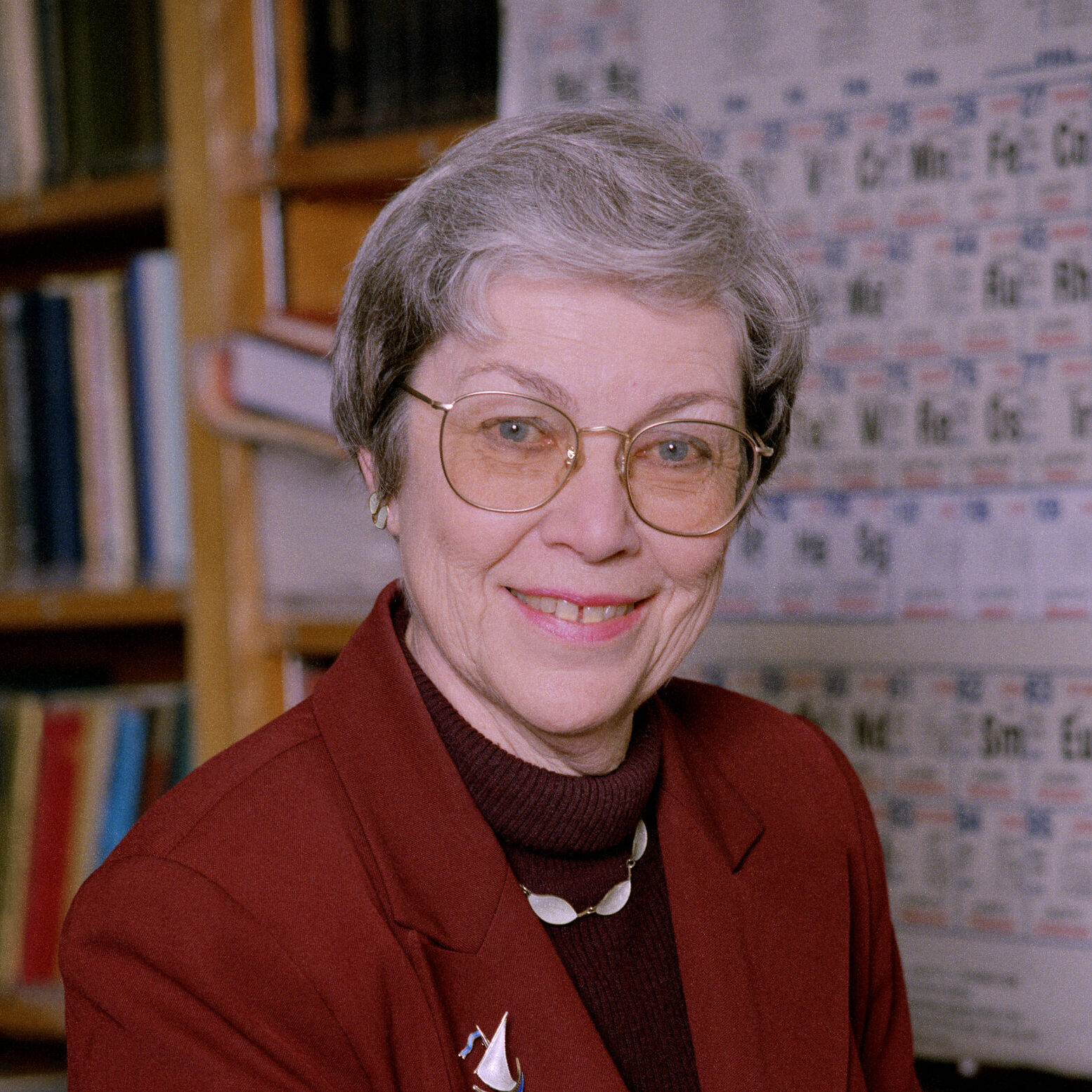
In 1946, as an undergraduate at Iowa State University, Darleane Hoffman took a course in chemistry for home economics and shortly thereafter switched her major from applied art to chemistry. The rest is nuclear science history. She would go on to become one of the world’s foremost authorities on fission, the process powering today’s nuclear reactors in which atomic nuclei are split. Scientists had long believed that fission could be achieved only through the bombardment of certain elements with neutrons, but in the early 1970s, Hoffman discovered that the atoms of one element, fermium, can undergo spontaneous fission. She also was the first to find primordial plutonium in nature, a discovery that defied conventional wisdom, which held that plutonium, like other transuranium elements, must be artificially created. Among a great many other achievements, Hoffman was a leading member of the team that discovered element 106, which they named “seaborgium” after her close colleague Glenn Seaborg. In 2000, she became the second woman to receive the Priestley Medal, the American Chemical Society’s highest honor, and in 2002 she was recognized by Discover magazine as one of the 50 most important women in science. Having faced gender discrimination throughout her career, Hoffman has long been an outspoken champion for women in the sciences. First and foremost, she was a scientist who never lost her enthusiasm for discovering new elements and isotopes. She once said, “It is incredibly thrilling to know you are seeing something that nobody has seen before!”
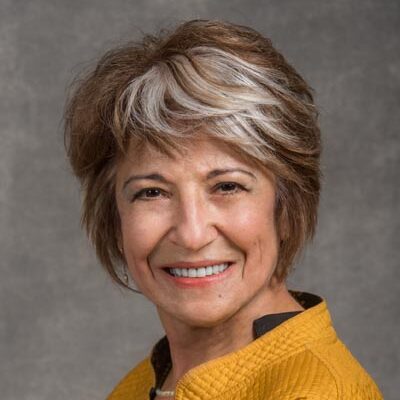
“Scientific results are not written in stone!” That has been a guiding principle behind the research of Mina Bissell, Berkeley Lab Distinguished Scientist and award-winning cell and cancer biologist. Today she is universally recognized as the pioneer who uncovered the critical role in breast cancer development played by a breast cell’s microenvironment, thereby opening broad new therapeutic avenues. However, in 1982, when she introduced her “dynamic reciprocity theory,” which held that the extracellular matrix (ECM), a network of fibrous and globular proteins surrounding every breast cell, is crucial to a breast cell’s health, it was quite controversial. Conventional scientific wisdom held the ECM to be merely an inert scaffold upon which cells grew and developed. Breast cancer research then was almost exclusively focused on oncogenes and genetic mutations. “I worked long and hard for more than three decades on essentially one organ, the mammary gland, to unravel how the ECM may talk to the cell nucleus and vice versa,” Bissell wrote. Born into a highly educated family in Tehran, Iran, and earning her Ph.D. from Harvard, Bissell joined Berkeley Lab in 1972 as a biochemist. “I studied bacteria at Harvard and those studies made me aware of the profound effects microenvironmental factors can have on the activation and repression of genes,” she said. Over the past three decades, her research and that of the many prominent scientists she mentored have firmly established that when communication between the ECM and a breast cell’s nucleus breaks down, regulation of the cell’s genes breaks down as well, leading to cancerous growth and other abnormalities.
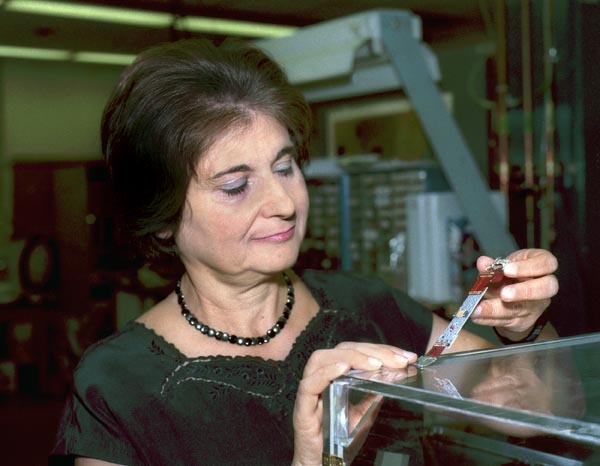
Scroll through the thousands of scientists participating in the 2012 discovery of the Higgs boson and you will find Galtieri’s name. The discovery in 1995 of the subatomic particle known as the “top quark” was another physics milestone where she played a major role, in addition to the discovery in the early 1960s of a large number of unstable subatomic particles called “resonance states.” In between break-through physics, Galtieri climbed Mount Kilimanjaro and reached the base camps of Mount Everest and K2. She credits her boundless energy to her mother, an elementary school teacher who raised six children. Galtieri was born and raised in Calabria, Italy, and earned her Ph.D. from the University of Rome. She joined the Lab in 1961 and worked with Luis Alvarez on the famous hydrogen bubble chamber experiments that led to the Nobel Prize-winning discovery of extremely short-lived elementary particle resonances that provided valuable insight into the subatomic world. Later she led Berkeley Lab’s contribution to the Collider Detector Fermilab collaboration at Fermilab’s Tevatron, which along with the D-Zero collaboration provided the first experimental evidence for the top quark predicted by the Standard Model, the prevailing theory of the nature of matter. “We were confident that we would eventually find the top quark,” she said at the time the discovery was announced.
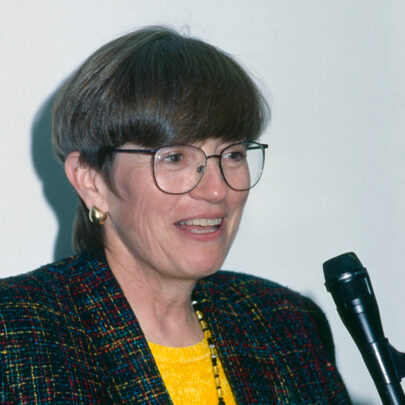
A proposal that included construction of the world’s first synchrotron specifically designed to produce beams of light — primarily low-energy or “soft” X-rays — was submitted by Berkeley Lab at the start of 1983 for the FY1984 Department of Energy (DOE) budget. This synchrotron, later named the Advanced Light Source (ALS), would be ideal for the study of materials — organic as well as inorganic — but securing funds faced stiff political challenges. Martha Krebs, Ph.D. physicist and Capitol Hill veteran, was recruited to steer the proposal through the political process. As Associate Laboratory Director (ALD) for Planning and Development, Krebs became the first woman ALD in the DOE’s national laboratory system. Her ALS success empowered her to establish Berkeley Lab’s first government, community, and educational outreach programs, and to create a Technology Transfer Office that, said David Shirley, the Lab director who hired Krebs, “Advanced tech transfer to industry by a quantum jump.” After 10 years at Berkeley Lab, Krebs was nominated to head the DOE’s Office of Energy Research (later renamed the Office of Science), the primary funding agency for the national labs. During her seven years there, Krebs oversaw the national labs expanding their portfolios to embrace such critical endeavors as the Human Genome Project and climate change. Throughout her career, Krebs emphasized communication as the key to winning public support. “As a scientist, you have to communicate the purposes and contributions of your research in the context of issues people care about,” she once said. “You want people to value what you do, and value the science that needs to be done.”
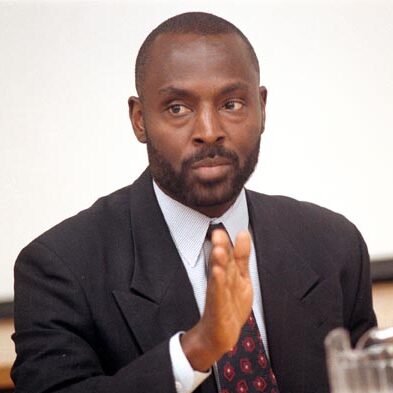
Harry Reed paved the way for change in the culture of work at Berkeley Lab. Starting in 1982 as a collective bargaining representative in Labor and Employee Relations, Reed was a forceful and effective proponent for a diverse and inclusive workforce. He was also a strong believer that employees be heard by management. “In order to raise the level of employee performance, we need processes that encourage them to submit promising ideas, and processes that allow those ideas to be moved forward,” he said. In 1988, Reed was promoted to Personnel Director for the Lab, a position he served in for five years. He was appointed Director of the Workforce Diversity office in 1993, a position he held until his retirement in 2009. As the Workforce Diversity head, he played a pivotal role in the creation of the Laboratory’s Diversity Council and in the development of the first Lab-wide diversity survey in 2005. In 2006, Lab Director Steven Chu made Reed the Laboratory’s first ombudsman, charged with resolving complaints, misunderstandings, and conflicts, and recommending changes to Lab policies and procedures. In naming Reed, Director Chu said, “Employee engagement aimed at promoting communication and understanding is integral to building trust and promoting positive change, and to advancing a respectful workplace environment. Harry Reed has always understood and spoken up for this.”
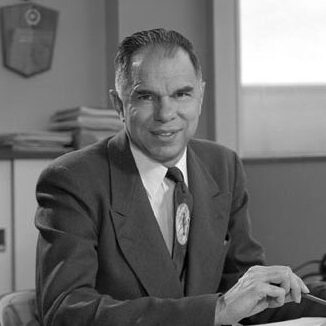
For most scientists, a Nobel Prize-winning discovery represents the culmination of their career. For Glenn Seaborg, it was just the start. With his Berkeley Lab colleague Edwin McMillan, Seaborg shared the 1951 Nobel Prize in Chemistry for research into the transuranium elements. His contribution was the discovery of plutonium in February 1941 with McMillan using Ernest Lawrence’s 60-inch cyclotron.
In 1944, Seaborg formulated the actinide concept of electronic structure, which predicted that the actinide elements would form a transition series. This concept showed how transuranium elements fit into the periodic table and was hailed as the most significant change in its history. Seaborg’s concept was used as a stepping stone to the creation of a succession of elements, including americium, curium, berkelium, californium, einsteinium, fermium, mendelevium, nobelium, and seaborgium. When seaborgium was officially accepted as the name for element 106 in 1997, it marked the first time an element had ever been named for a living person.
While his earlier discovery of plutonium helped launch the age of nuclear weapons, Seaborg worked tirelessly to stop those weapons from ever being used. In 1961, Seaborg was appointed by President Kennedy to head the Atomic Energy Commission, where he served for 10 years under multiple presidents, before the agency was split into the Department of Energy and the Nuclear Regulatory Commission.
Throughout his research career, Seaborg was also a champion for science education. Among other accomplishments, he spearheaded the creation of the Lawrence Hall of Science, which, as a part of UC Berkeley, is one of the nation’s few STEM centers operated by a top-tier, public research university. “There is a beauty in scientific discovery,” Seaborg once wrote, “but the education of young people in science is at least as important, maybe more so, than scientific research itself.”
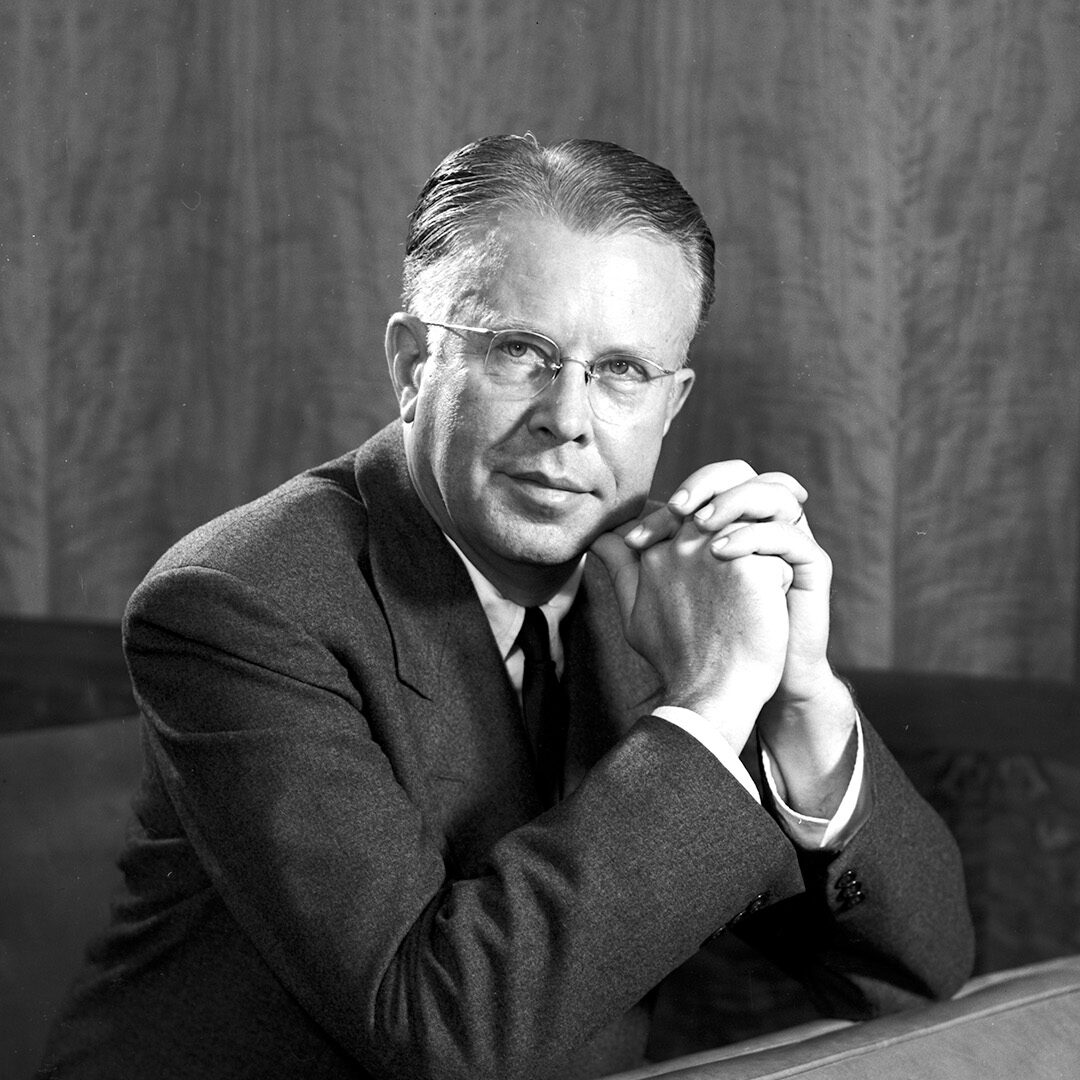
In the summer of 1928, a 27-year-old physics professor named Ernest O. Lawrence was wooed from his faculty position at Yale University to a job at the University of California’s Berkeley campus. The young scientist was such a natural leader his mother once declared “he was born grown up.” His talent was evident early on. As an undergrad at the University of South Dakota, working his way through college by selling kitchenware to farming households, he started South Dakota’s first-ever radio station. In 1931 he invented the cyclotron, the circular atom-smashing accelerator that ushered in the modern era of high-energy physics, and won the 1939 Nobel Prize in Physics. With increasing recognition and interest in his work, his burgeoning laboratory, dubbed the “Rad Lab,” established a culture of multidisciplinary team science that became the model for the U.S. Department of Energy’s national laboratory system in place today. Perhaps even more important than his individual genius was Lawrence’s ability to recruit a circle of brilliant colleagues from physics, chemistry, biology, engineering, and medicine, and to foster within this circle new ideas and collaborations that would go on to make his laboratory a renowned incubator of discovery and innovation. After his death, the laboratory was officially renamed after him. His guiding scientific philosophy is best summed up in his own words: “I am mindful that scientific achievement is rooted in the past, is cultivated to full stature by many contemporaries, and flourishes only in a favorable environment. No individual is alone responsible for a single stepping stone along the path of progress, and where the path is smooth progress is most rapid.”